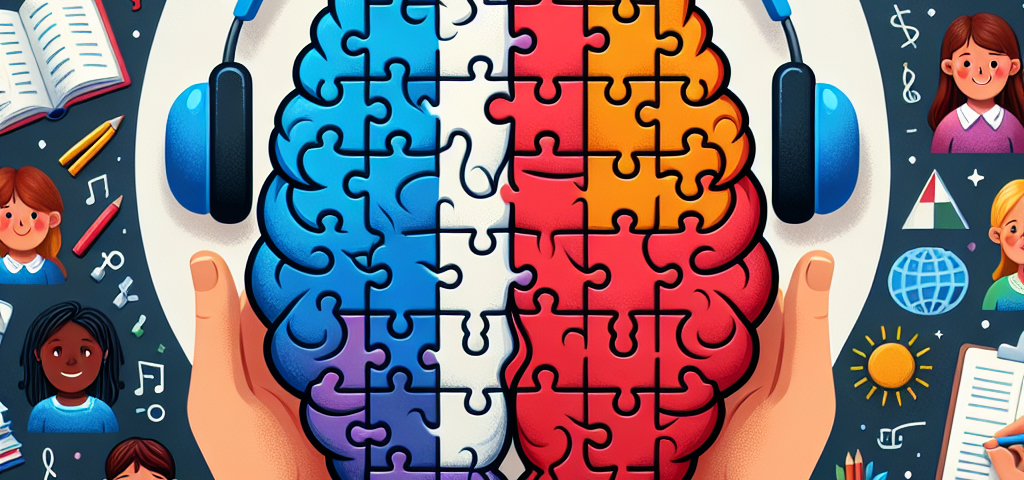
From Bonjour to Au Revoir: Creative Techniques for Teaching French to Kids
May 31, 2025
The Role of Technology in Modern French Secondary Education
May 31, 2025
In today’s increasingly globalized world, the ability to communicate in more than one language is not just an asset; it’s a necessity. With a resurgence in the importance of bilingualism, especially in primary education, teaching children a second language at an early age is paramount. Among various languages, French stands out due to its global significance and cultural richness. Building bilingual brains through effective French lessons can provide children with countless cognitive, social, and economic advantages. Here, we explore several effective strategies to create an engaging and effective primary French learning environment.
1. Embrace the Total Physical Response (TPR) Approach
Total Physical Response (TPR) is an interactive teaching method that emphasizes physical activity to enhance language learning. In a TPR lesson, instructors give commands in French, and students respond with physical actions. For instance, when the teacher says "sautez" (jump), children jump. This kinesthetic method helps students internalize vocabulary and phrases, making it easier for them to recall what they’ve learned. It engages multiple senses and promotes a fun and active learning environment.
2. Incorporate Storytelling
Children naturally love stories, making storytelling a powerful tool for language acquisition. Using age-appropriate French stories, fables, or fairy tales can immerse students in the language while enhancing vocabulary and comprehension skills. Teachers can read aloud, use puppets, or even implement interactive storytelling techniques where students participate by acting out characters or repeating phrases. This approach not only captivates young learners but also helps them to understand the context and cultural nuances of the language.
3. Utilize Visual Supports
Visual aids are integral to teaching languages, especially for young learners who might struggle with abstract concepts. Flashcards, pictures, and illustrations can help reinforce vocabulary and contextualize new words. Classroom walls adorned with colorful posters displaying common French phrases, numbers, and everyday vocabulary can enhance the linguistic environment and serve as constant reminders of what they are learning.
4. Play Language Games
Games can turn language learning into a joyful experience. Interactive games such as "Simon Says" (in French), bingo with French vocabulary, and matching games can make lessons enjoyable and less intimidating for students. These activities promote team-building and cooperation while reinforcing language skills in a dynamic and engaging way.
5. Integrate Music and Songs
Music is a universal language, making it an effective tool for language acquisition. French songs, nursery rhymes, and chants can enhance pronunciation and rhythm while introducing vocabulary and grammatical structures in a memorable way. Teachers can incorporate sing-alongs or create simple lyrical activities where students fill in missing words or translate phrases. The memorability of melodies can help solidify the language in students’ minds.
6. Create a Language-rich Environment
For children to become comfortable in French, they need continuous exposure to the language. Teachers can create an immersive atmosphere by labeling classroom objects in French, using simple French phrases during class routines, and encouraging conversations in French. This consistent exposure helps children develop a natural ear for the language and boosts their confidence in using it.
7. Foster Cross-Cultural Awareness
Bilingual education is more than just learning a language; it involves understanding the culture associated with that language. Introducing aspects of French-speaking cultures—through food, festivals, history, and geography—can enhance students’ interest and engagement. Celebrating cultural events such as Bastille Day or La Chandeleur in the classroom can provide memorable learning experiences that deepen their appreciation for both the language and its cultural contexts.
8. Encourage Parental Involvement
Engaging parents in their children’s language learning journey can significantly enhance the outcomes of bilingual education. Educators can provide resources for parents to reinforce language skills at home, such as bilingual books, educational apps, or even language practice in daily activities. Regular updates on classroom activities and opportunities for parents to participate (like cultural days or performances) can further deepen the home-school connection.
Conclusion
Building bilingual brains in primary French lessons involves a holistic approach that caters to various learning styles and utilizes diverse strategies. By embracing methods like TPR, storytelling, visual aids, and interactive activities, educators can foster a positive and effective language learning environment. With the right strategies in place, children can not only learn French but also build a lifelong appreciation for languages and cultures that will serve them well in an interconnected world. Investing in bilingual education is, without doubt, an investment in the future.

